Lek-Heng Lim uses tools from algebra, geometry and topology to answer questions in machine learning.
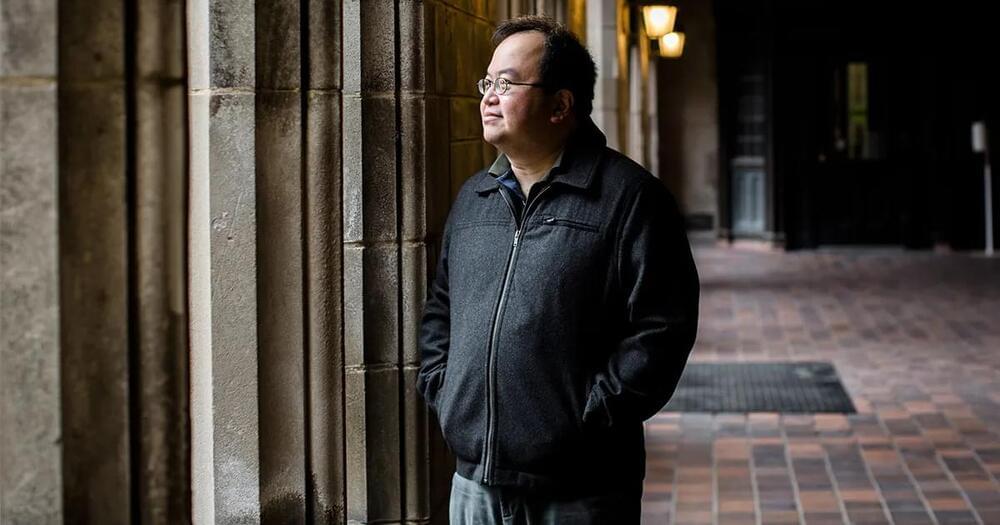

How far away are we from AGI? Does OpenAI have the right approach? Leave a comment below with what you think!
00:00 Intro.
00:42 What is AGI?
01:08 OpenAI’s Origin Story.
02:25 Enter GPT and Dall-E
03:15 OpenAI’s Roadmap.
04:33 Closing Thoughts.
Please like this video and subscribe to my channel if you want to see more videos like this!
Follow me on other platforms so you’ll never miss out on my updates!
💌 Sign up for my newsletter! https://alexchao.substack.com/subscribe.
🐦 Follow me on Twitter https://twitter.com/alexchaomander.
👥 Connect with me on LinkedIn https://www.linkedin.com/in/alexchao56/
Sources:
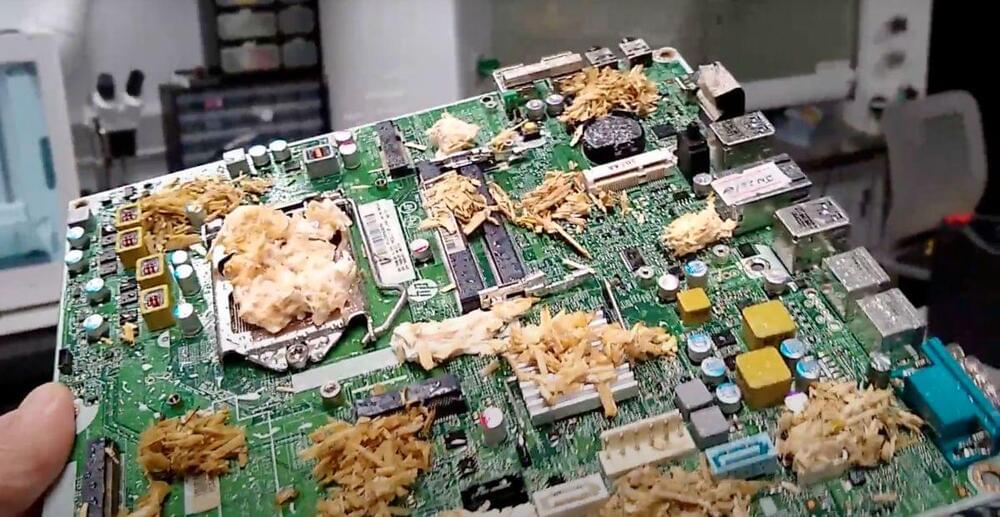
The Unconventional Computing Laboratory (UCL) from the University of the West of England (UWE Bristol) has showcased its mushroom motherboard to Popular Science (opens in new tab). As its name conveys, the lab, led by professor Andrew Adamatzk, focuses on eccentric approaches to computing, like wetware, the notion of applying the concepts of hardware and software to living creatures.
Fungi connect to a root network under the ground (sometimes called the “wood wide web”) using their mycelium, very slim hyphae that are the size of a thread. The fungal motherboard utilizes the mycelium as a conductor and a substitute for other electronic components, such as the processor or memory. In a previous study (opens in new tab), Adamatzky demonstrated that mushrooms could communicate with each through electric signals via the mycelium. The mycelium is capable of sending and receiving electrical signals and retaining memory.
🇬🇧FREE WEBINAR🇮🇹: https://draronica.com/free-webinar/
In this Ask Me Anything interview, Prof. Matt Kaeberlein discusses the evidence (and lack thereof) behind popular anti-aging supplements and interventions. Starting from his current research on rapamycin for healthy longevity in dogs (The Dog Aging Project), he describes the promises and perils of anti-aging medicine and shares with us some tips on how to become better critical thinkers and protect us from hype and snake oil.
This interview is a must watch for everyone who wants to develop a critical stance toward the field of longevity research and balance enthusiasm with evidence.
I hope you enjoy this interview!
TIMESTAMPS
00:00 Introduction.
04:33 Definitions: Aging, lifespan, healthspan.
09:08 What is biohacking.
14:56 The Dog Aging project.
19:39 Rapamycin: Longevity effects in mice.
22:28 Can rapamycin impair muscle growth? Is it in contraindicated for people who want to build muscle mass?
27:09 Exercise, inhibition of mTor, and rationale for cycling rapamycin and exercise.
29:46 Getting around the growth vs. resilience tradeoff in longevity.
32:00 Epigenetic clocks: Hope vs. hype.
32:43 Best functional markers of longevity.
36:30 Sterile inflammation, auto-immunity, and immune senescence.
40:24 The best and worst longevity supplements for Matt Kaeberlein.
45:50 What longevity hacks Matt implements in his own life.
48:00 Lucia’s and Matt’s thoughts on calorie restriction for longevity.
50:30 How can people discriminate between science and sneak oil?
🐶 The Dog Aging project: https://dogagingproject.org/

Summary: According to researchers, language model AIs like ChatGPT reflect the intelligence and diversity of the user. Such language models adopt the persona of the user and mirror that persona back.
Source: Salk Institute.
The artificial intelligence (AI) language model ChatGPT has captured the world’s attention in recent months. This trained computer chatbot can generate text, answer questions, provide translations, and learn based on the user’s feedback. Large language models like ChatGPT may have many applications in science and business, but how much do these tools understand what we say to them and how do they decide what to say back?
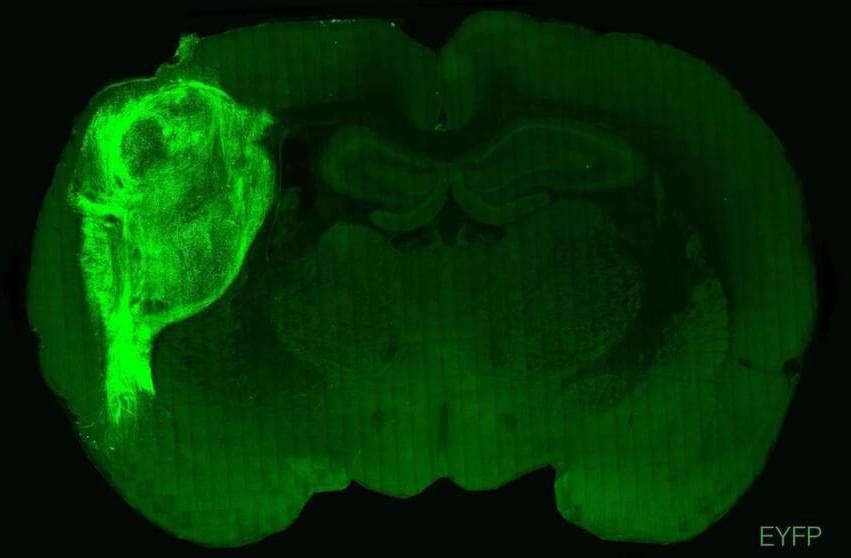
Because it CAN be done does not mean it SHOULD be done.
We humans have not yet developed a strong understanding of unintended consequences.
Human neurons can survive — and even develop — after being transplanted into newborn rats. But are they still rats?
Understanding the brain is one of the greatest goals of modern science. But parts of what we find out are more curious than we could have ever imagined. A new paper highlights one such discovery.
Researchers at the University of Stanford report that human neurons transplanted into newborn rats can grow and develop with the animal.

Resonance Science Foundation is a global research and education non-profit organization (501c3) committed to the unification of physics and science as a whole.
Founded by physicist Nassim Haramein in 2004, the RSF team of researchers and educators have developed a formal unified view of physics. These findings have implications and applications to revolutionary technologies that transform people’s lives and the world as a whole, helping to overcome some of the largest challenges facing the world today.
RSF also provides educational opportunities through the Resonance Academy, an online learning platform and international learning community that empowers people to gain a coherent and fundamental understanding of the structure, mechanics and dynamics of the universe.
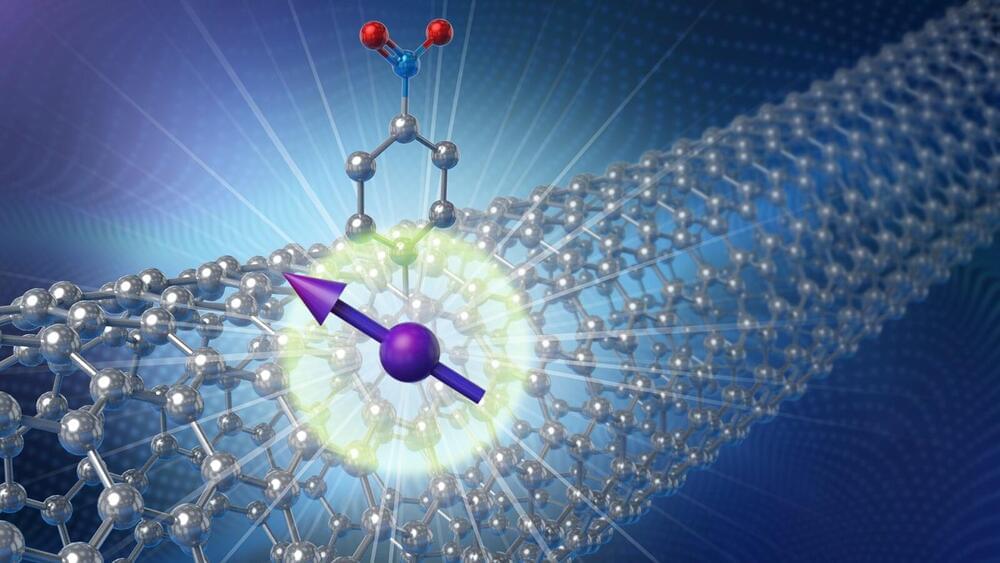
Scientists are vigorously competing to transform the counterintuitive discoveries about the quantum realm from a century past into technologies of the future. The building block in these technologies is the quantum bit, or qubit. Several different kinds are under development, including ones that use defects within the symmetrical structures of diamond and silicon. They may one day transform computing, accelerate drug discovery, generate unhackable networks and more.
Working with researchers from several universities, scientists at the U.S. Department of Energy’s (DOE) Argonne National Laboratory have discovered a method for introducing spinning electrons as qubits in a host nanomaterial. Their test results revealed record long coherence times—the key property for any practical qubit because it defines the number of quantum operations that can be performed in the lifetime of the qubit.
Electrons have a property analogous to the spin of a top, with a key difference. When tops spin in place, they can rotate to the right or left. Electrons can behave as though they were rotating in both directions at the same time. This is a quantum feature called superposition. Being in two states at the same time makes electrons good candidates for spin qubits.
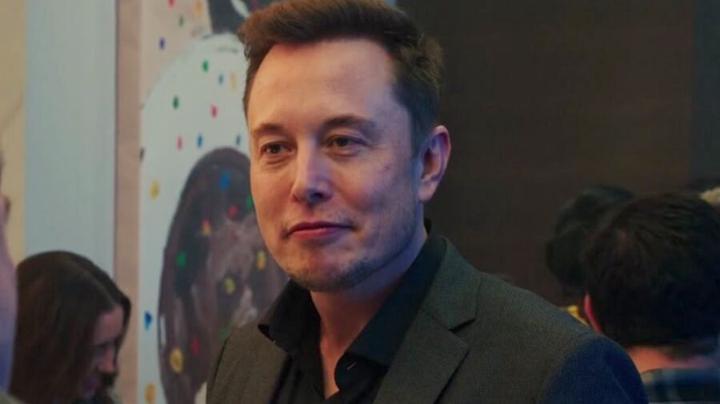
The FDA denied Elon Musk’s application to test his brain chip on humans. In addition to ruining Twitter, Elon Musk is on a mission to plant AI technology into the human brain. Neuralink is one of Musk’s five companies, and it’s in the process of developing neural-interface technology, a tech advancement that would mean putting chips in human brains.
